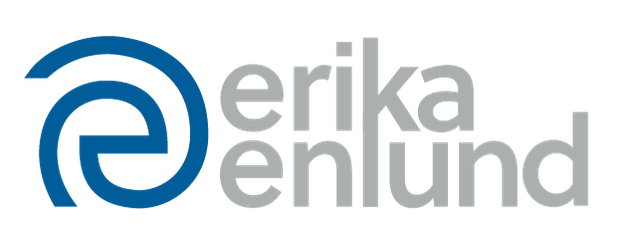Ladies, Language, Leadership: Graduate Thesis Project
Installation
This installation mapped out my research process/journey which tackled the question: why aren't there more women in high levels of design leadership? This problem was approached through studying language, design history, and women in business/leadership. There is no clear or easy answer as to why this is occurring so a "solution" isn't quite viable. Instead, the solution, designing a mentorship program for design schools, was a suggestion of what might help to level out the gender imbalance in design leadership.
Design
Visual solutions included a pitch website, application for program, and thesis book. Service design for the mentorship program: how it will work, where information will live, structure of who's involved and how they will become involved.
Copy and design choices all link back to research and case studies.
websiteviddraft from Erika Enlund on Vimeo.
The problem and research were complex, layered, clinical, and personal. I wanted the installation to have that layered, almost messy (but controlled) feel. Poster design includes three layers: timeline printed on poster, factual information mounted on top, personal dialogue/anecdote written over both to draw connections.
Thesis Book
Book includes research, interviews, and case studies exploring topics such as sociolinguistics, women in leadership, and design history.
The color palette was chosen to be fresh, professional, mildly feminine, and bold.
Layout & Design
The graphic element of the colored line is a metaphor for the glass ceiling women encounter in the workplace. As this thesis is read, the user takes an active step forward in the fight for equality and the class ceiling begins to deteriorate. Note that this ceiling doesn't completely end because there is still work to be done.
Process & Methodology
In order to build the mentorship program and the pitch website it would live on, I utilized hundreds of post-its to create two systems.
One system was the function of the mentorship program itself and the other system created the information architecture of the website.







